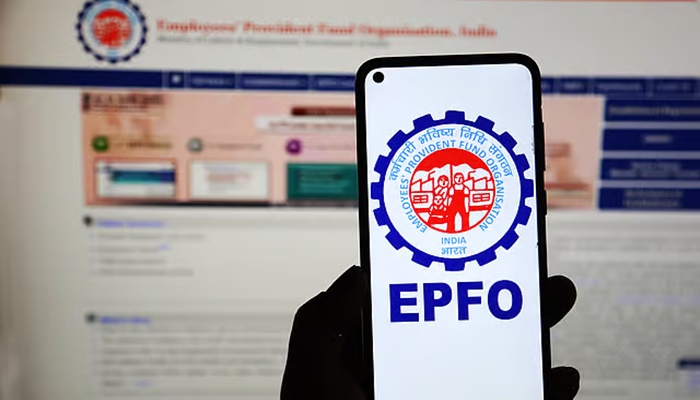A few decades back, management guru Peter Drucker made the observation that “culture eats strategy for breakfast.” meaning that without a responsive, forward-looking corporate culture, even the most meticulously planned business strategy will fall flat.
In other words, just as people make the world go ‘round, and people make the business go ’round, it’s going to take people to make artificial intelligence go ’round.
For organizations moving full-steam into AI, Drucker’s time-tested words still ring true. Culture will eat any AI strategy for breakfast, and perhaps lunch too. There are dug-in incentive systems that may discourage new ways of working and delivering product. If a company is struggling, it’s due to leadership and process issues, and dropping AI into it will not magically solve such issues. Employees may not necessarily fear for their jobs, but resist since AI may cut down the time they need to get things done, making it look like they’re too idle. There may simply be mistrust of AI output – a very justified concern.
There are some approaches that leaders seeking to pursue a well-functioning AI strategy can follow that can help integrate it more naturally into corporate culture. West Monroe, an analyst group, recently published practical guidelines for building a thriving culture that embraces – not repels – AI. Here are some salient points:
Visualize a successful AI operating model. It’s important to have a compelling vision of what exactly AI will bring to the business. An ideal AI operating culture provides for a natural flow of work between human talent and AI systems. AI is good at some things, humans at others – such as creativity, judgement and empathy. “Organizations that first define what success looks like – automating simple and routine tasks, enhancing customer experiences or improving decision-making—will maximize ROI,” the West Monroe co-authors state. “Without this alignment, AI will remain an expensive, underleveraged asset rather than a business enabler.”
Set realistic expectations. “Asking employees to blindly trust AI without understanding its role leads to skepticism and resistance. Instead, organizations should clarify AI’s purpose: Is it an advisor, an efficiency tool, or an automated assistant? Setting realistic expectations ensures AI is seen as an enabler, not a disruptor.”
Build a collaborative culture around AI. For starters, AI should be accessible – in some shape or form – to all. It’s not an IT or data analyst project, it’s everyone’s concern. “Foster a culture that rewards collaboration over territorial thinking,” the West Monroe team urges. “Employees need the assurance that they can experiment with AI to test outcomes. Leaders need to clearly define the purpose of AI within the organization.”
Position AI agents as “interns.” “Think of an internal AI chatbot as providing each employee with a permanent intern that has perfect recall, access to vast knowledge, and continually improves over time,” the co-authors advise. “Letting this ‘intern’ handle routine tasks frees your team to focus on higher-value work that requires uniquely human skills.”
Educate and train. Then educate and train some more. “Not every employee needs to become an AI expert, but every employee should have a clear, baseline understanding of how AI can impact their role,” West Monroe urges. “A nurse, for example, doesn’t need to engineer AI algorithms to treat patients but should trust AI-driven diagnostic tools while still applying human judgement.”
Measure, measure, measure. “AI’s impact isn’t just about automation – it’s about measurable business outcomes,” the co-authors state. Metrics key to AI progress include productivity gains, cost reductions, decision-making quality, employee adoption rates, customer experience improvements and performance improvement.
Prioritize change management. “AI adoption can often falter not because the technology itself is flawed but because organizations struggle with change,” according to West Monroe. “Many companies operate in environments resistant to innovation, where entrenched processes, risk aversion, and siloed thinking create barriers. Companies must first assess their readiness for change to break this cycle.”
Companies need to integrate AI into existing processes and their DNA rather than treating it as a standalone project. To get there, full employee engagement is the path to success.




















